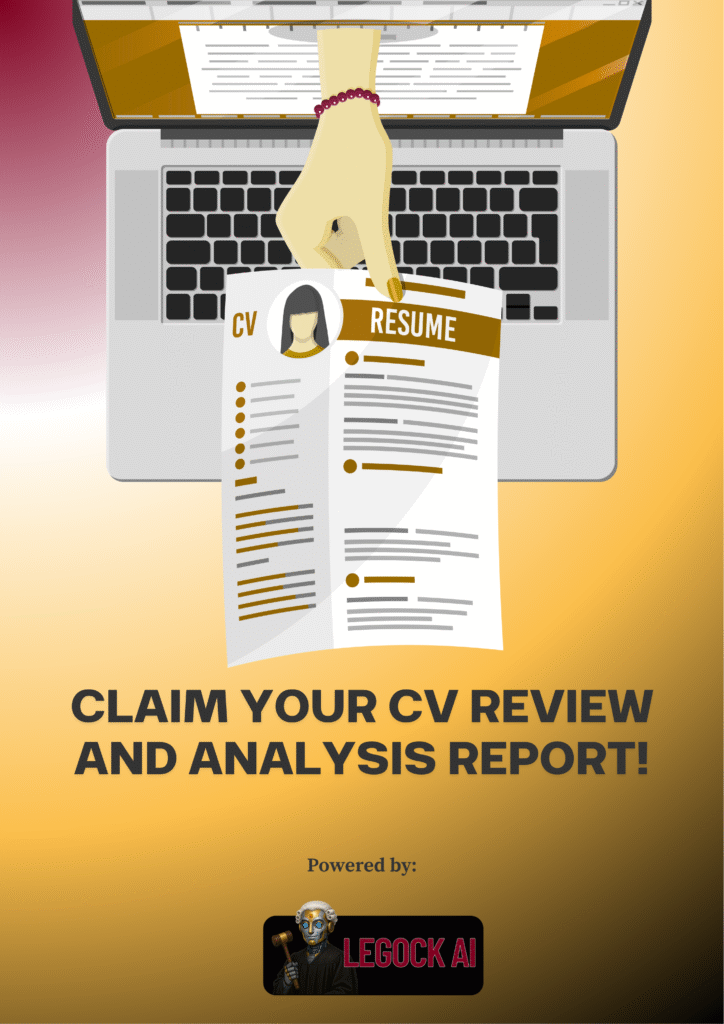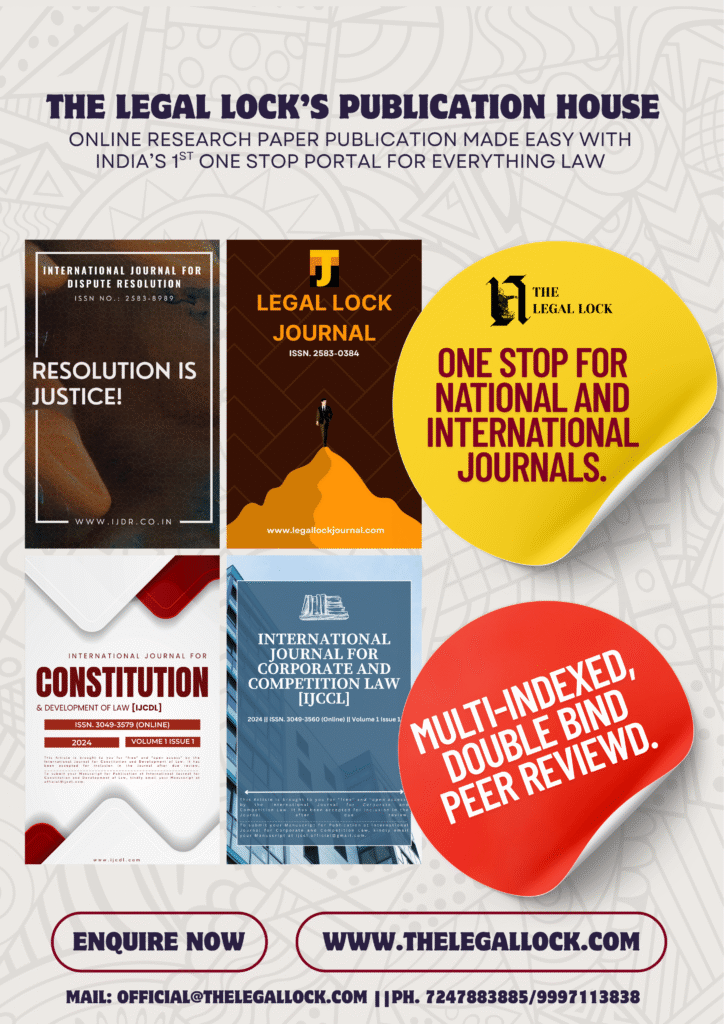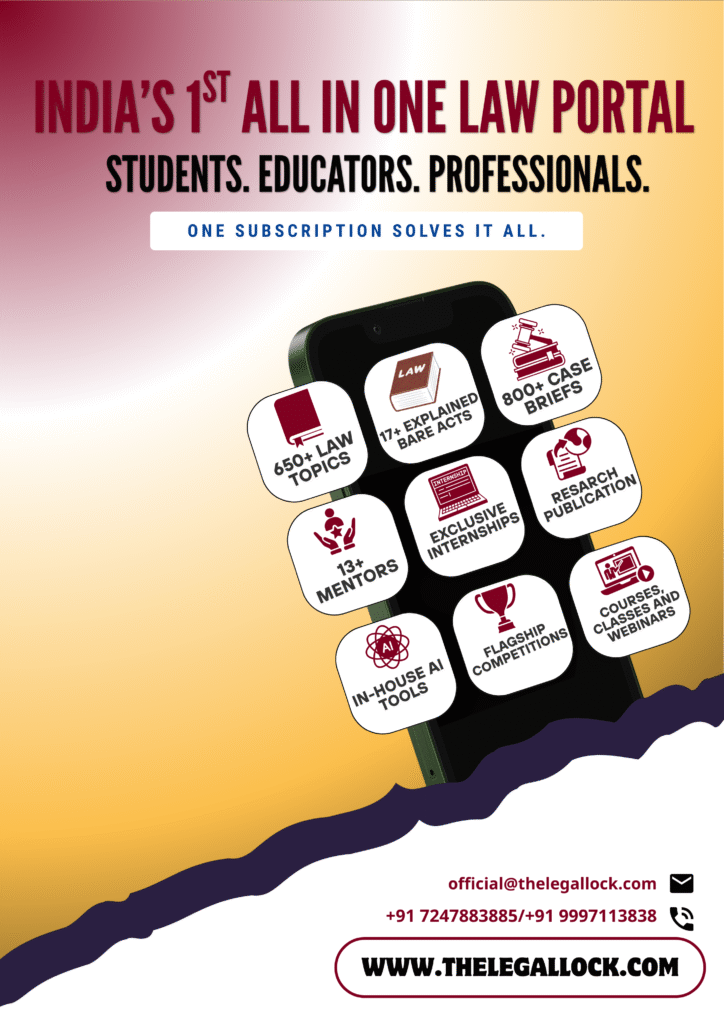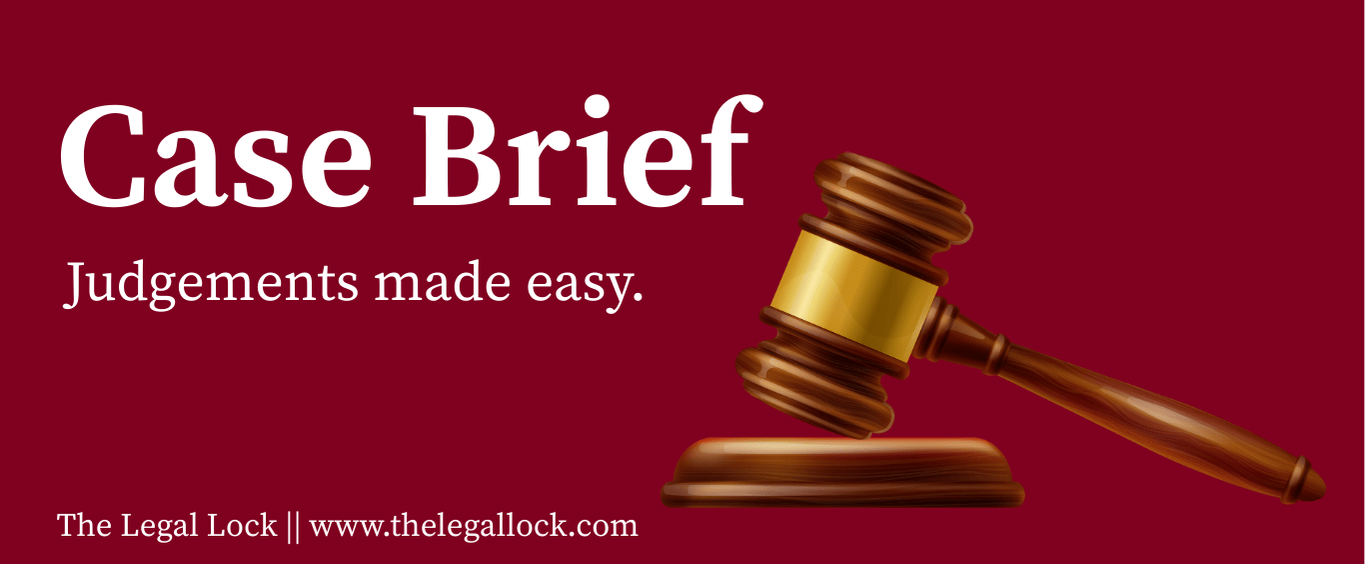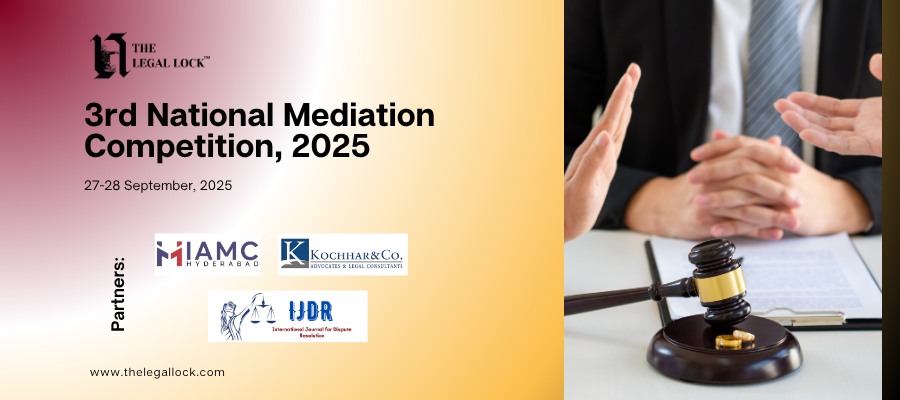| CASE NAME | Common Cause (A Regd. Society) V. Union of India |
| CITATION | 2023 SCC OnLine SC 99 |
| COURT | Supreme Court |
| BENCH | Justice K.M. Joseph, Ajay Rastogi, Aniruddha Bose, Hrishikesh Roy and C.T. Ravikumar |
| PETITIONERS | Common Cause (A Regd. Society) |
| RESPONDENTS | Union of IndiaIndian Society of Critical Care Medicine |
| DECIDED ON | Miscellaneous Application No. 1699 of 2019In Writ Petition (Civil) No. 215 of 2005 Decided on January 24, 2023 |
INTRODUCTION
Common Cause petitioned the Supreme Court in 2005 under Article 32, requesting a ruling that the right to a dignified death is a fundamental right under Article 21. Additionally, it urged that the Court grant the Union Government permission to let terminally ill patients create “living wills” that specify what should happen to them in the event that they are admitted to the hospital.
Alternatively, Common Cause requested that the Court provide rules on this matter and form an expert group made up of physicians, lawyers, and social scientists to advise on the subject of living will execution. According to Common Cause, that is. It asked the Court to protect the right to a dignified death by enabling those who qualify for such protections to make an informed decision via a living will. This judgment by the Supreme Court was a landmark one and dealt with medical professionals’ methods to deal with terminally ill patients, but the judgment lacked guidelines for the professionals to follow in case of such situations.
FACTS
Seeking clarification for the Indian Society of Critical Care Medicine regarding the judgment of Common Cause (A registered society) V. Union of India through an application. The judgment gave the final decision regarding euthanasia, but the judgment in itself was vague and broad, so as to provide elucidation to medical professionals who are dealing with such matters on a frequent basis.
ISSUES
- Who can execute the Advance Directive and how?
- What should it contain?
- How should it be recorded and preserved?
- When and by whom can it be given effect to?
- What if permission is refused by the Medical Board?
- Revocation or inapplicability of Advance Directive
ARGUMENTS
A Bench of three knowledgeable Judges made a reference to the Constitution Bench, which led to the formation of the bench. This Court was asked to consider whether it should establish standards or give appropriate directives to allow for what are known as Advance Directives, specifically in light of some of its previous rulings. This Court was also concerned with the issue of whether, even in the lack of Advance Directives, a person’s life support system or medications should be discontinued when they are diagnosed with a terminal illness and show no signs of recovery. The Court continued by discussing everyone’s right to a dignified death. The Court then went on to establish the following guidelines.
Based on careful consideration, we believe that an Advance Medical Directive would be a beneficial way to help the sacred right to a dignified life comes to pass. We believe that the aforementioned instruction will clear up a lot of questions when they arise during the patient’s course of treatment. Aside from that, it will provide the treating physicians more peace of mind because they will be able to confirm that they are operating legally once they are happy. We should not wait to emphasize that an advance medical directive cannot function abstractly. Safety measures are required.
The document should be countersigned by an independent witness who is preferably independent, the jurisdictional judicial authority, and attested before a Magistrate of First Class (JMFC) notary public or gazetted as such by the District Judge Officer. The document should be signed by the executor in the presence of two witnesses attesting to the presence of two witnesses.
JUDGEMENT
It must be made explicit that situations will arise in which an Advance Directive is not present. It is impossible to alienate the aforementioned class of people. The following method should be followed in addition to the usual protections and procedures that apply in circumstances where Advance Directives are present:
In circumstances where the patient is terminally sick and undergoing lengthy treatment in respect ofa disease which is incurable or where there is no chance of being cured, the physician may tell the hospital which, in turn, shall create a Hospital Medical Board in the manner stated above. The Hospital Medical Board will consult with the family doctor and the relatives and will write up the minutes of their discussions. The Hospital Medical Board may authorize the planned course of action provided the family members provide written approval. During the conversation, the family members will be informed of the benefits and drawbacks of the patient not receiving further medical care. Their choice will be viewed as a first judgment.
The hospital must notify the jurisdictional Collector as once if the Hospital Medical Board validates the decision to stop receiving medical care. After that, the jurisdictional Collector will form a Medical Board, with the Chief District Medical Officer serving as Chairman and three specialists in general medicine, cardiology, neurology, nephrology, psychiatry, or oncology who have at least twenty years of experience providing critical care and a solid reputation in the medical community. The Medical Board, which the Collector appointed, will physically inspect the patient in the hospital and may agree with the Hospital Medical Board’s assessment after reviewing the medical records. In that case, notice will be sent to the JMFC and the patient’s family by the Chairman of the Collector appointed Medical Board. 199.3. The JMFC will make a visit to the patient as soon as possible to confirm the medical records, assess the patient’s condition, speak with the patient’s family, and, if all parties are satisfied, approve the Collector-nominated Medical Board’s decision to stop the terminally ill patient from receiving further medical care.
There may be instances in which the Board declines to decide whether to stop the patient’s medical care, or the Collector-nominated Medical Board disagrees with the hospital Medical Board’s assessment. Article 226 of the Constitution allows the patient’s nominee, family member, treating physician, or hospital staff to petition the High Court for permission to remove life support in certain circumstances. The Chief Justice of the High Court will then convene a Division Bench to determine whether to approve the request or not. Following consultation with competent medical practitioners, the High Court may form an independent committee to appoint three physicians with at least twenty years of experience in the medical field, experience in critical care, and backgrounds in neurology, nephrology, psychiatry, or oncology. Additionally, the State council will be given a chance. When dealing with problems that cannot wait, the High Court is required to make a ruling as quickly as possible. It goes without saying that the High Court will consider the “best interests of the patient” when assigning reasons. Notwithstanding the foregoing, we believe it is pertinent to address a crucial point: should life support be discontinued, the Magistrate will notify the High Court of this as well. The High Court Registry will preserve it digitally in addition to the paper copy, which will be disposed of three years after the patient’s passing.
ANALYSIS
The government provided the medical professionals as well as the general public with a set of guidelines to follow. The judgment has a few points, especially to point out what is to be done in certain situations. This judgment accepts its limitation by saying that there may be situations for which the guidelines are not provided under the judgment, and how to handle such situations. The court recognized the right to die with dignity as a fundamental right and permitted passive euthanasia with certain safeguards. It emphasized the importance of a living will and set guidelines for its implementation. It could also be seen that there are three specialists from the Secondary Medical Board, general medicine, cardiology, and neurology, who will visit the hospital’s nephrology, neurology, or oncology departments to examine patients physically. After gaining experience in critical care and reviewing the medical literature with a focus on overall standing, they will be able to share their professional opinions with at least twenty years of medical experience. The Primary Medical Board was formed by the Medical Board. After the patient has been examined and has been admitted to the JMFC and medical records have been reviewed, the next of kin may agree with the recommendation of the hospital medical board’s friend or guardian. This notification of the hospital for a physical examination will be provided by the collector who visited the event.

